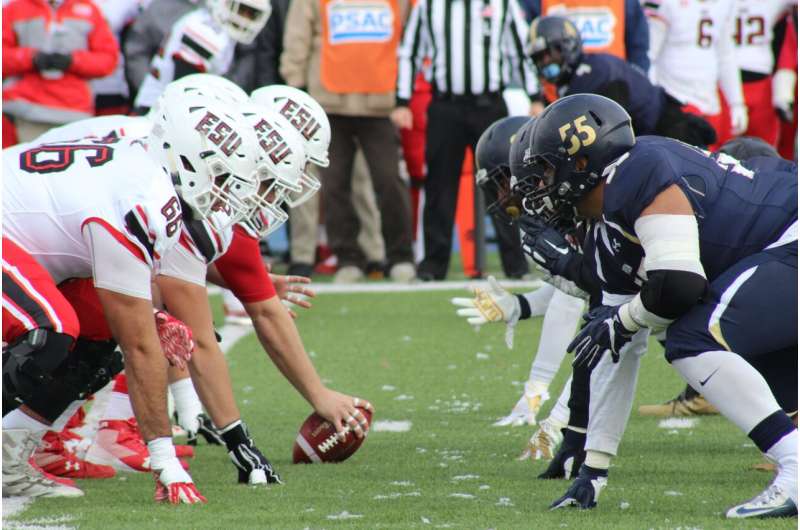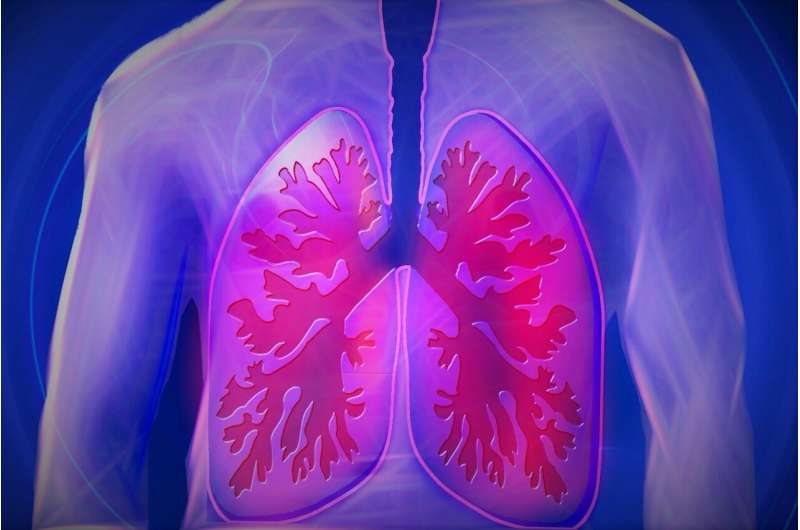Understanding the Muscle Composition Behind a 91-Year-Old Sprinting Phenomenon

A remarkable event took place when a 91-year-old woman broke the world record in the 200-meter sprint, running the race in 51.47 seconds—nearly 1.5 seconds faster than the previous record in her age category. This extraordinary feat has piqued scientific interest, prompting extensive research into her muscular and physiological characteristics.
Researchers from the University of Pavia in Italy and Marquette University in Milwaukee conducted a comprehensive study — dubbed Trajector-AGE — to investigate what makes her ability to run so swiftly at her advanced age possible. The study included cycling tests and knee extensor exercises to assess her muscle power output and endurance, complemented by muscle biopsies performed on her thigh.
Results revealed that her cardiorespiratory fitness was comparable to women in their 50s, indicating a highly efficient circulatory and respiratory system capable of supporting intense physical activity. Additionally, her mitochondrial function, responsible for energy production within cells, was on par with much younger women, highlighting preserved cellular energy capacity.
A key discovery was the exceptional size of her slow-twitch (Type I) muscle fibers. These fibers are known for their endurance and resistance to fatigue, enabling prolonged activity with minimal exhaustion. She also exhibited a high proportion of fast-twitch (Type II) muscle fibers, which generate quick, powerful movements suitable for sprinting and explosive activity.
According to Marta Colosio, Ph.D., the study's first author, this rare combination of muscle fiber qualities likely underpins her ability to perform at such a high level, maintaining both endurance and speed despite her age. Her case underscores the potential of lifelong exercise and physical activity in preserving muscle function.
The findings emphasize that physical activity is vital for healthy aging, even for those who haven't been lifelong exercisers. Regular exercise can significantly contribute to maintaining muscle mass, strength, and overall functional ability into older age, encouraging a more active lifestyle for healthy aging.
This case exemplifies that with proper muscle conditioning, exceptional athletic performances are possible well into old age, advocating for ongoing physical activity as a crucial component of aging healthfully.
Source: Medical Xpress
Stay Updated with Mia's Feed
Get the latest health & wellness insights delivered straight to your inbox.
Related Articles
Study Finds No Significant Difference in Dementia Risk Between GLP-1 RAs and DPP4 Inhibitors in Older Adults with Type 2 Diabetes
A recent study shows no significant difference in dementia risk among older adults with type 2 diabetes taking GLP-1 RAs or DPP4 inhibitors, highlighting the need for personalized treatment decisions.
Why Many Women Are Choosing Crisis Pregnancy Centers Despite Misinformation Concerns
A new study reveals that up to 20% of women in certain U.S. states attend crisis pregnancy centers, despite concerns over misinformation and lack of medical licensing. Learn about the impact on reproductive health.
Research Indicates Brain Changes in Young Athletes May Occur Before CTE Manifestation
New research shows that brain injuries from repetitive head impacts in young athletes occur well before the onset of chronic traumatic encephalopathy, emphasizing early intervention and prevention.
Promising Results in First Human Trial of Targeted Therapy for Relapsed Small Cell Lung Cancer
A Phase I study showcases promising safety and efficacy data of SHR-4849, a targeted antibody-drug conjugate, in relapsed small cell lung cancer patients, paving the way for further clinical development.



